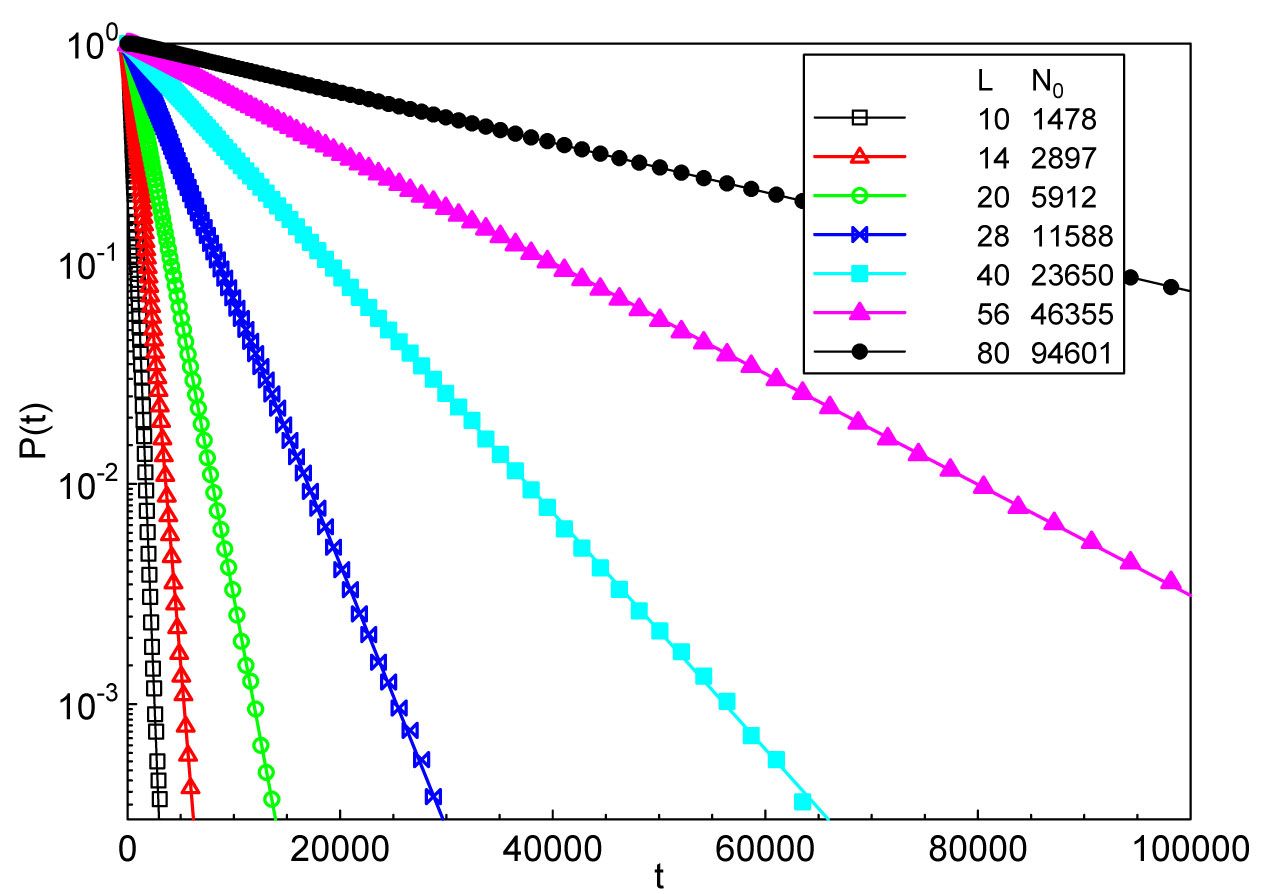EPJ B Highlight - Between extinction and survival of endangered populations
- Details
- Published on 11 July 2017

Lifetime simulation of biological populations reveals dramatic population fluctuations before extinction
Populations of endangered species reach a critical point in their life where they either survive or evolve towards extinction. Therefore, efforts to predict and even prevent the extinction of biological species require a thorough understanding of the underlying mechanisms. In a new study published in EPJ B, Hatem Barghathi and colleagues from Missouri University of Science and Technology, USA, have investigated how environmental disturbance at random times could cause strong fluctuations in the number of individuals in biological populations. This, in turn, makes extinction easier, even for large populations. They found that environmental disorder can lead to a period of slow population increase interrupted by sudden population collapses. These findings also have implications for solving the opposite problem when attempting to predict, control and eradicate population of viruses in epidemics.
To model biological populations, they performed simulations using an agent-based model. The behaviour of populations that become extinct can be analysed using techniques from statistical physics. These help us to study transitions between a state where the population is active and fluctuates in number, and an inactive state where the population goes extinct.
The authors find that in the presence of time-dependent environmental disturbances, the average time for a biological population to become extinct grows only slowly with population size. This allows even large populations to become extinct quickly. In contrast, in time-independent environmental disturbances, large populations have very long lifetimes.
Barghathi and colleagues also found that when a biological population is close to the transition towards extinction, the population undergoes periods of slow increase alternating with fluctuations leading to a sharp decrease in the number of individuals.
H. Barghathi, S. Tackkett, and T. Vojta (2017), Extinction phase transitions in a model of ecological and evolutionary dynamics, Eur. Phys. J. B 90:129, DOI 10.1140/epjb/e2017-80220-7




